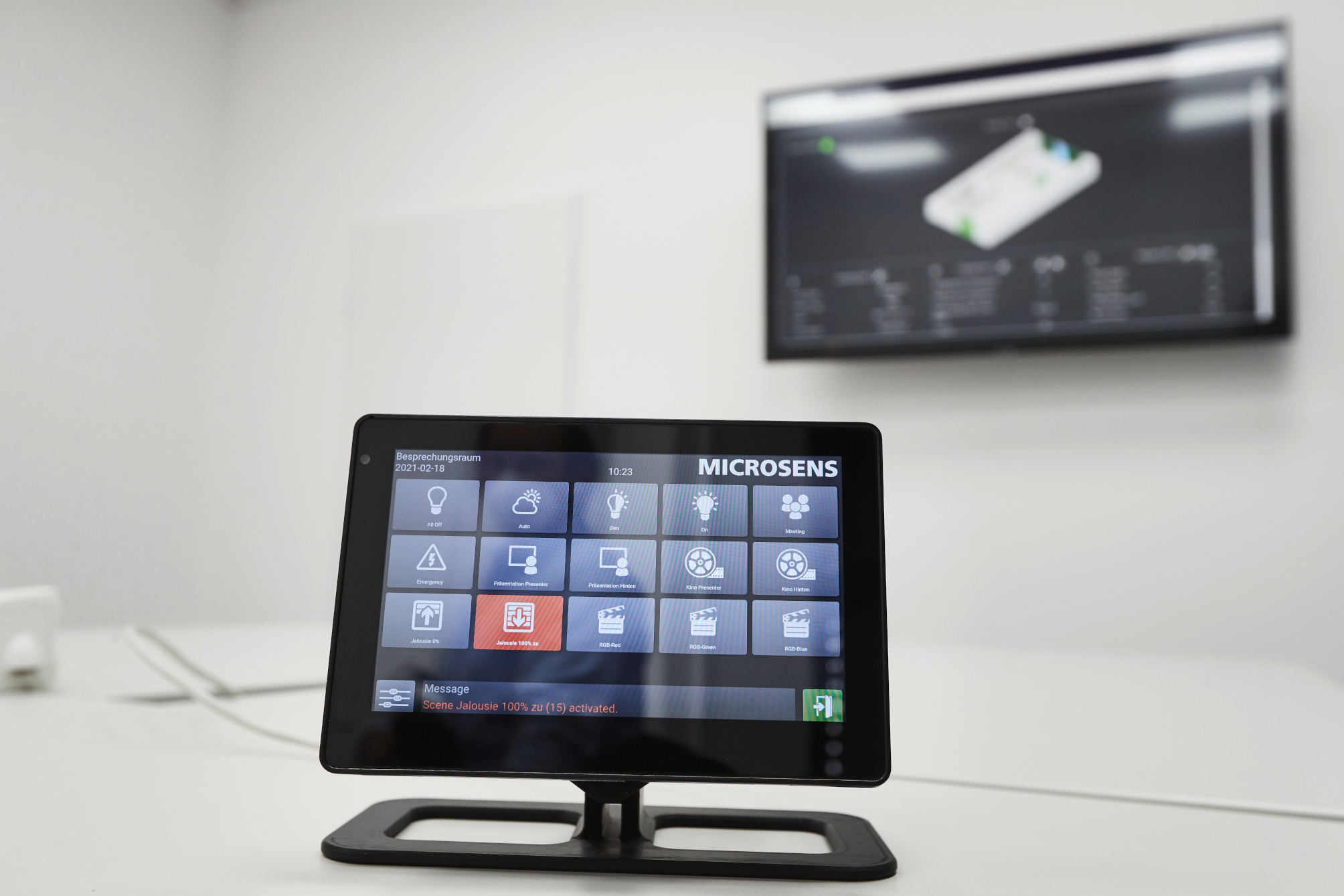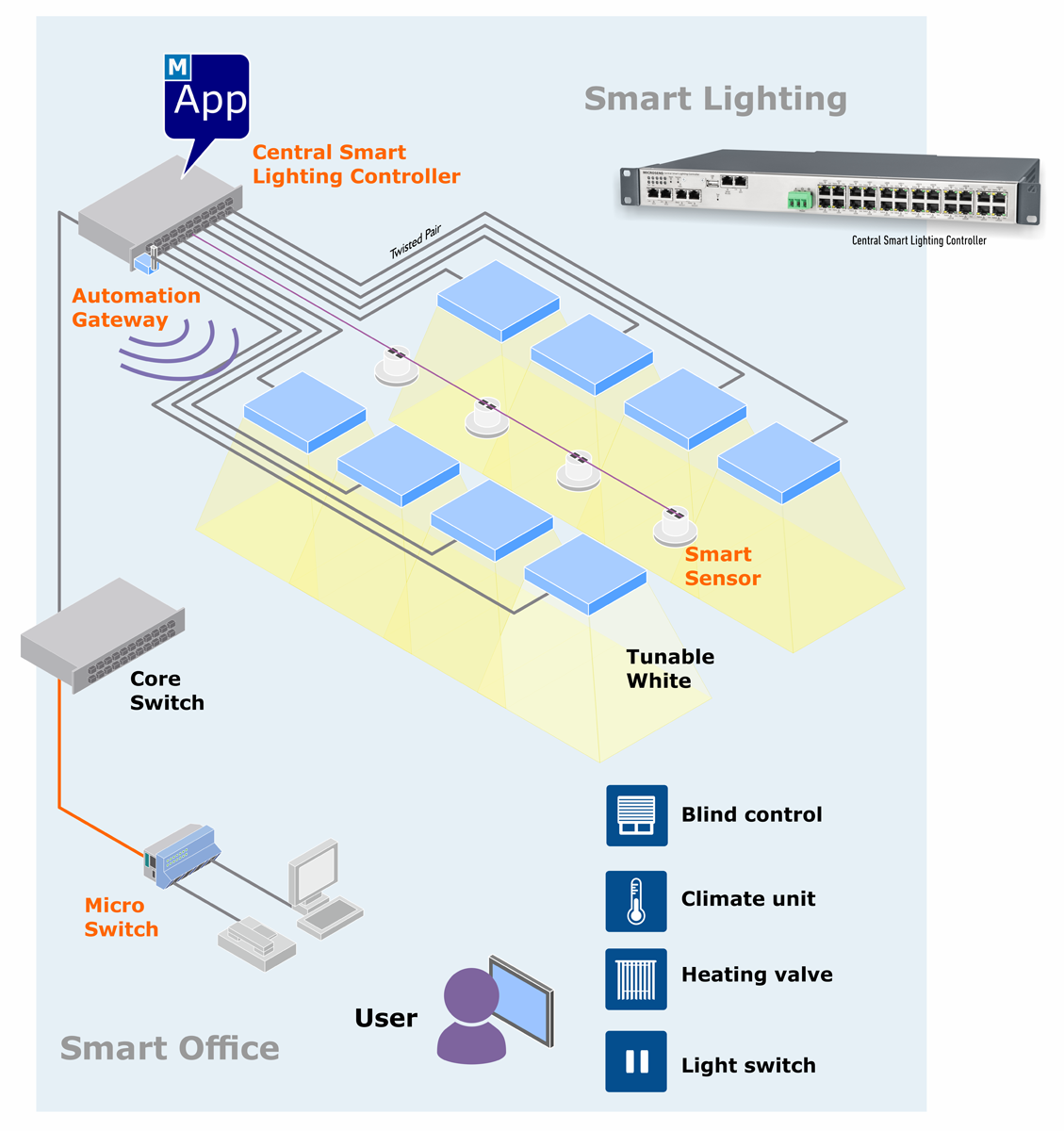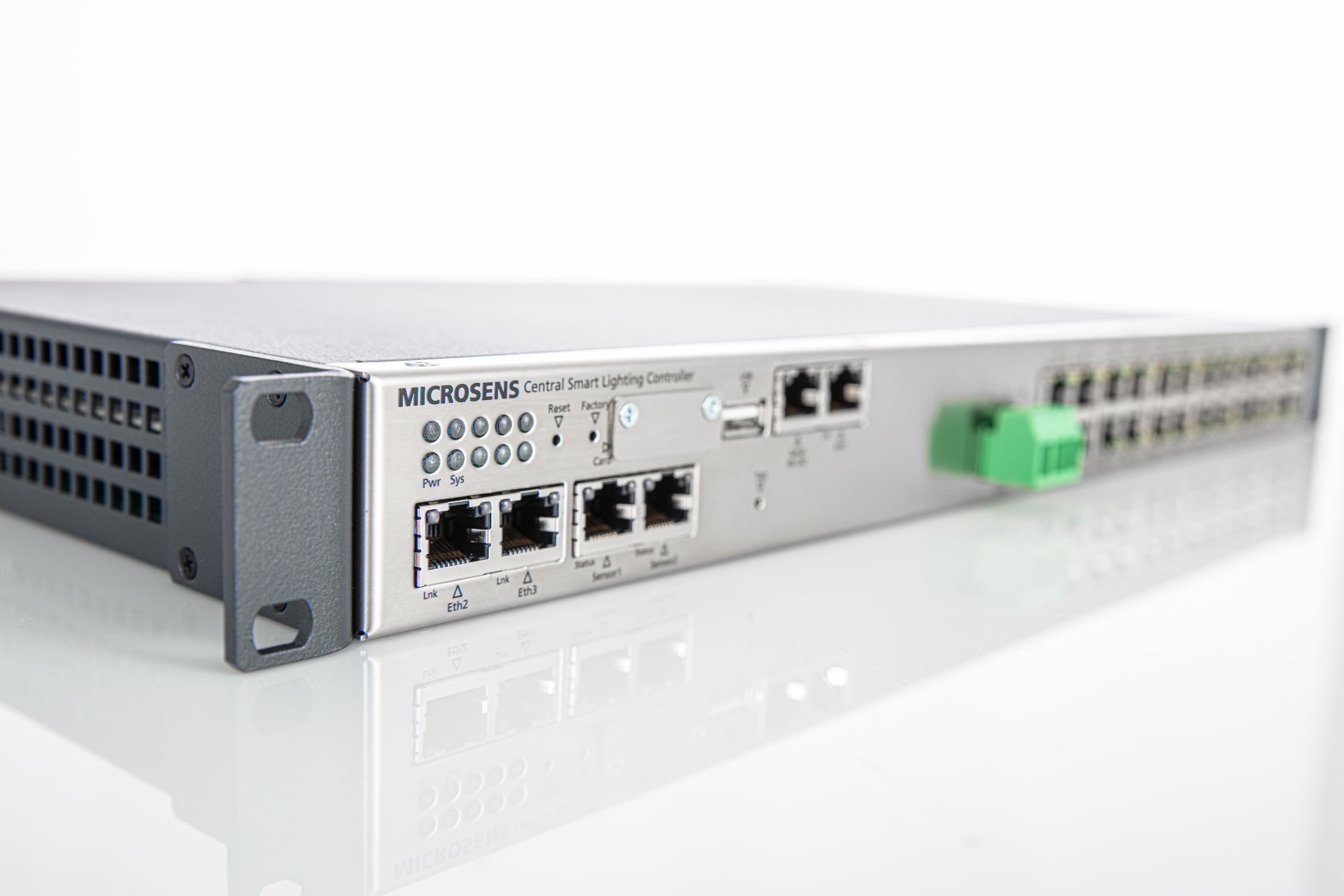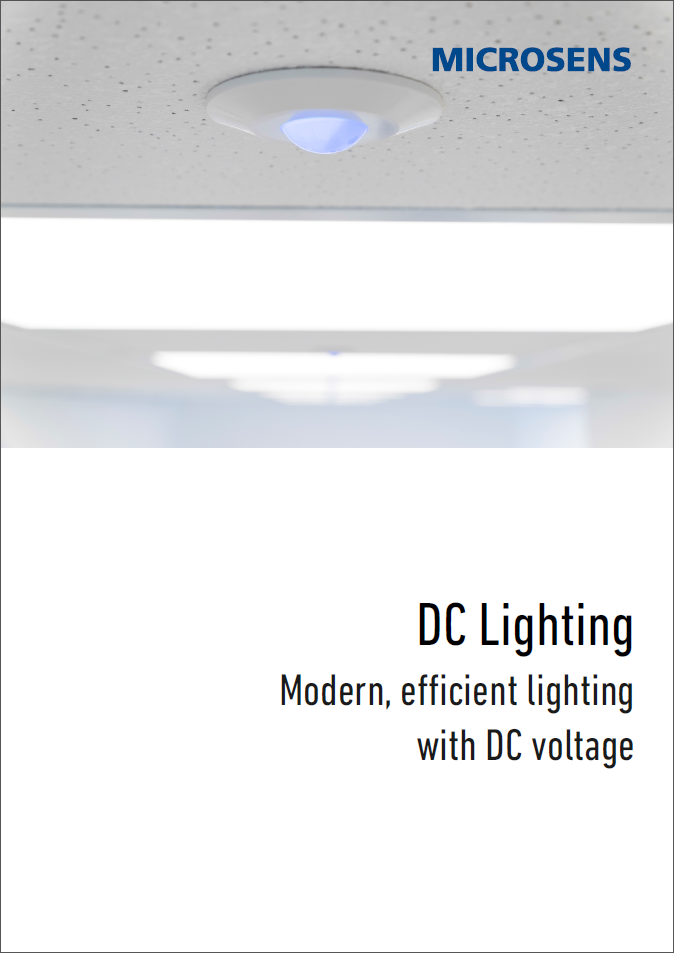In industrial environments, where particularly high demands are placed on fixtures and systems in terms of reliability, efficiency and economy, DC power supplies have long proven their value. DC Lighting goes one step further: the combination of LED luminaires with sensors and an intelligent management system offers users more comfort and efficiency, and building operators and investors significantly lower costs for installation and operation.
DC Lighting is an ideal solution in combination with photovoltaic (PV) panels and storage batteries but also for renewable energy such as solar panels in green buildings. These already work with DC voltage; rectifiers and the associated electrical losses are eliminated.
Groundbreaking energy efficiency of DC current for LED Lighting
LED luminaires have a much higher efficiency than conventional light bulbs and require far less energy for the same amount of light. This is already a significant advantage, but it is only in combination with powerful sensors and intelligent management that LED luminaires can fully exploit their advantages.
This is supported by DC grids with a centralized AC/DC conversion, which generates DC voltage from AC voltage and is proven to be more energy-efficient than individual conversions in each single fixture. A reduction in power consumption of the light by more than 70 percent compared to old-fashioned system is more than realistic.
Human Centric Lighting
Brightness and light colour can be adapted to the daily course of sunlight. In this way, the workplace lighting corresponds to natural light, which stabilizes the employees' internal clock and thus improves concentration, mood and motivation. In addition, users can quickly and easily adjust the LED illumination to their personal needs and wishes via smartphone, tablet, PC, control panel on the wall and, of course, as usual via light switch.
Advantages of DC Lighting
Apart from the advantages typical for PoE Lighting (see White Paper PoE Lighting), DC Lighting offers following benefits:
- More reliable than AC power. Using direct current increases the stability of the installation and reduces the likelihood of failures.
- For direct current, fewer converters (AC/DC) and thus fewer components are needed. This is more efficient and saves a lot of maintenance.
- Optimal use of solar power, wind power, batteries, they also use DC. (inverters not needed)
Simple setup with only a few components
DC Power Lighting consists of only a few components: The Central Smart Lighting Controller receives the input signals from the sensors connected to it, controls the luminaires, supplies them with power and establishes the connection to the data network. The Micro RTS management software also runs on the controller; a server is not required. A Central Smart Lighting Controller controls and supplies up to 24 luminaires, which is much more efficient than the classic concept where each luminaire needs its own rectifier. Fewer components result in lower costs for installation and maintenance, reduce operating costs and energy consumption, as well asincrease reliability - what is not there does not need to be maintained and cannot break.
In addition to brightness and presence, the sensors can also detect temperature and humidity. Since the Smart Lighting Controller is connected to the data network, it can also make the sensor data available to other systems such as the controllers of heating, ventilation and air conditioning, which thus do not need their own sensors. All communication is encrypted and secure.
Simple, flexible configuration
The functions and settings can be configured quickly and easily via software. Time-consuming programming, which bus systems sometimes still require today, or even changes in the cabling, are unnecessary. Subsequent changes and extensions can also be done quickly and easily via software. Rearrangement and regrouping of luminaires in case of a changed room layout is done at the click of a mouse. DC Lighting thus offers a flexibility that cannot be achieved with classic lighting solutions.

DC Lighting uses globally standardized, universal cabling according to ISO/IEC 11801-6 and its German equivalent DIN EN 50173-6. The two standards define application-neutral cabling for distributed building services, which include WiFi and IP video surveillance as well as lighting, building services and building automation.
Your message
Contact us today to discover all tangible economic benefits MICROSENS DC Lighting has to offer!
















